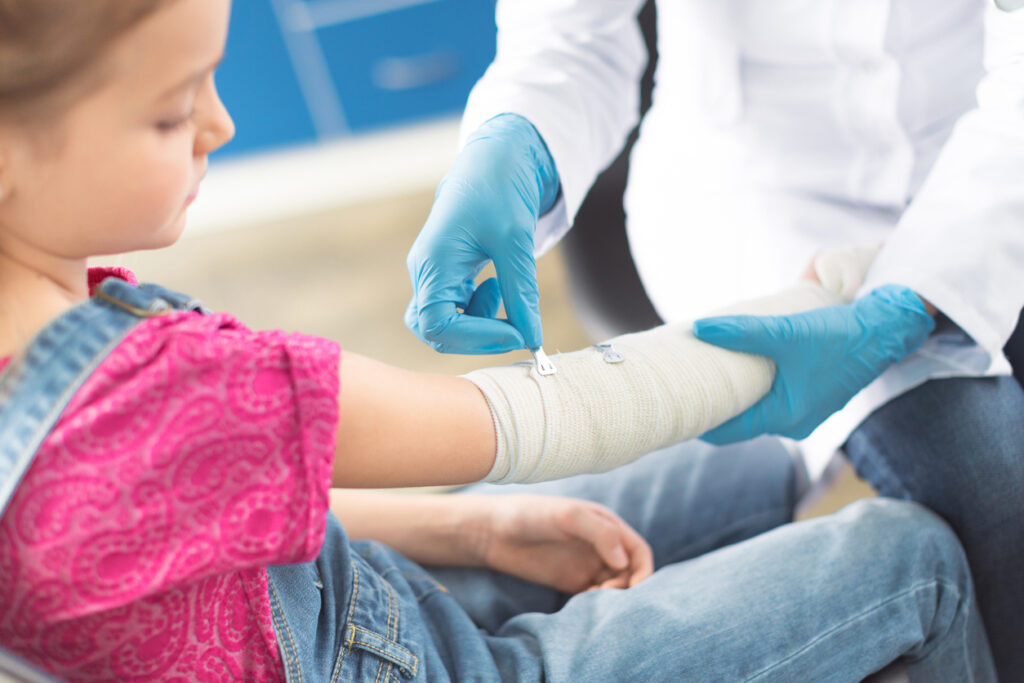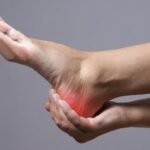
Proper healing and rehabilitation are essential after a pediatric fracture to ensure a successful recovery and a return to normal activities. In this article, we will discuss the dos and don’ts for returning to activities following a pediatric fracture. It is important to understand the significance of each step to support your child’s healing process. We will also highlight the expertise of Dr. Ashish Suryawanshi, an experienced orthopedic surgeon specializing in pediatric fractures, in providing comprehensive care for young patients.
Pediatric fractures, or fractures in children, require special attention and care to promote proper healing and minimize complications. Returning to activities too soon or without following proper guidelines can impede the healing process. By understanding the dos and don’ts, you can help your child recover effectively and prevent further injury.
Understanding Pediatric Fractures-
Pediatric fractures differ from fractures in adults due to the unique properties of children’s bones. Common types of fractures in children include greenstick fractures, buckle fractures, and growth plate fractures. Factors such as age, location of the fracture, and the child’s overall health can influence the healing process and recovery timeline.
The Role of Rehabilitation-
Rehabilitation plays a crucial role in the recovery of pediatric fractures. It involves a structured program of exercises and activities designed to restore strength, flexibility, and function. The specific rehabilitation techniques will vary depending on the type and location of the fracture. Working closely with a healthcare provider and a pediatric physiotherapist can ensure an effective rehabilitation process.
Dos for Returning to Activities-
- When returning to activities after a pediatric fracture, it is important to follow these dos:
- Gradual progression: Start with gentle activities and gradually increase the intensity and duration over time.
- Follow the healthcare provider’s recommendations: Adhere to the guidelines provided by your child’s healthcare provider regarding activity restrictions and rehabilitation exercises.
- Incorporate protective measures: Use appropriate protective gear, such as helmets, knee pads, or wrist guards, when engaging in activities that carry a risk of falls or impact.
Don’ts for Returning to Activities-
To ensure a smooth recovery, it is important to avoid the following don’ts:
- High-impact activities: Refrain from engaging in activities that place excessive stress on the healing fracture, such as jumping or contact sports.
- Rushing the healing process: Patience is key. Avoid pushing your child to return to activities before they are fully healed, even if they show signs of improvement.
- Ignoring pain or discomfort: If your child experiences pain or discomfort during or after an activity, it is important to take a break and consult with your healthcare provider.
The Expertise of Dr. Ashish Suryawanshi–
Dr. Ashish Suryawanshi is an orthopedic surgeon with extensive experience in treating pediatric fractures. His specialized knowledge and expertise allow him to provide comprehensive care tailored to the unique needs of young patients. Dr. Suryawanshi understands the challenges children face during the recovery process and focuses on guiding them through a successful and smooth rehabilitation journey.
Ensuring a Smooth Recovery–
In addition to following the dos and don’ts, there are other measures you can take to support your child’s recovery:
- Ensure proper nutrition and hydration to promote bone health and overall healing.
- Stay consistent with follow-up appointments and communicate any concerns or changes in your child’s condition to the healthcare team.
Summary–
Returning to activities after a pediatric fracture requires careful consideration and adherence to guidelines. Following the dos and don’ts discussed in this article can support your child’s healing process and help them regain their strength and mobility. Dr. Ashish Suryawanshi’s expertise in pediatric fractures ensures that young patients receive comprehensive care throughout their recovery journey.




